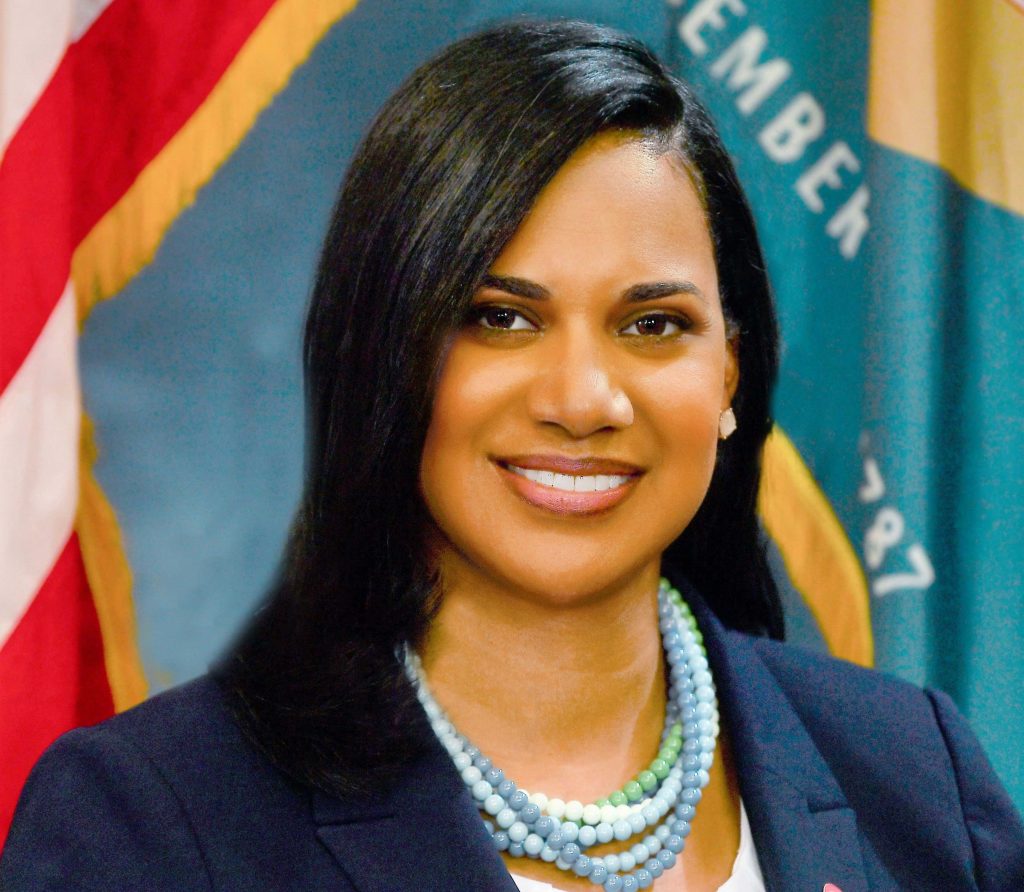Report Is Latest Step in Effort to Analyze Cost and Quality of Care in Delaware
DOVER (June 4, 2020) – The Delaware Health Care Commission (DHCC) has released preliminary data on health-care spending in the state in calendar year 2018, the latest step in the state’s effort to reduce health care spending and improve quality of care for Delawareans.
The report, available here, follows the establishment in late 2018 of a state health care spending benchmark, a per-annum rate-of-growth benchmark for health care spending. The first benchmark went into effect Jan. 1, 2019, and was set at 3.8 percent, with the target expected to decrease gradually to 3.0 percent over the following three years.

The DHCC collected spending data from calendar year 2018 to provide a preliminary basis for calculating the state’s health care spending performance and to serve as a baseline for 2019 spending growth calculations. The 2018 baseline data collection also allowed the state’s health insurers and the DHCC to test payers’ data-submission methods and identify areas for improvement.
The DHCC is scheduled to collect 2019 medical expense data from insurers this summer. As part of the next round of benchmark data collection, health care insurers will be asked to resubmit their 2018 data to incorporate any updates to collection methods to ensure better year-over-year comparisons. Because of that, the DHCC expects the next set of 2018 data to differ from that released today.
The state plans to release its 2019 health-care spending performance as measured against the 3.8 percent benchmark early next year.
The release of the preliminary spending data from 2018 marks another step along the state’s “Road to Value” initiative to improve access to affordable, quality health care for all Delawareans. That effort remains vitally important while Delaware addresses the impact of the COVID-19 crisis, said Dr. Kara Odom Walker, secretary of the Department of Health and Social Services, a member of the Delaware Health Care Commission and a practicing family physician.
“We need to support our health care system to rebound from the global pandemic with value-based goals so it can be stronger than ever,” Secretary Walker said. “Now, more than ever, our vision to improve transparency and public awareness of spending and quality in our state through the adoption of spending and quality benchmarks will assist in these efforts.”
To learn more about Delaware’s health care spending and quality benchmarks, visit the Delaware Health Care Commission website.
-30-
The Department of Health and Social Services is committed to improving the quality of life of Delaware’s citizens by promoting health and well-being, fostering self-sufficiency, and protecting vulnerable populations.